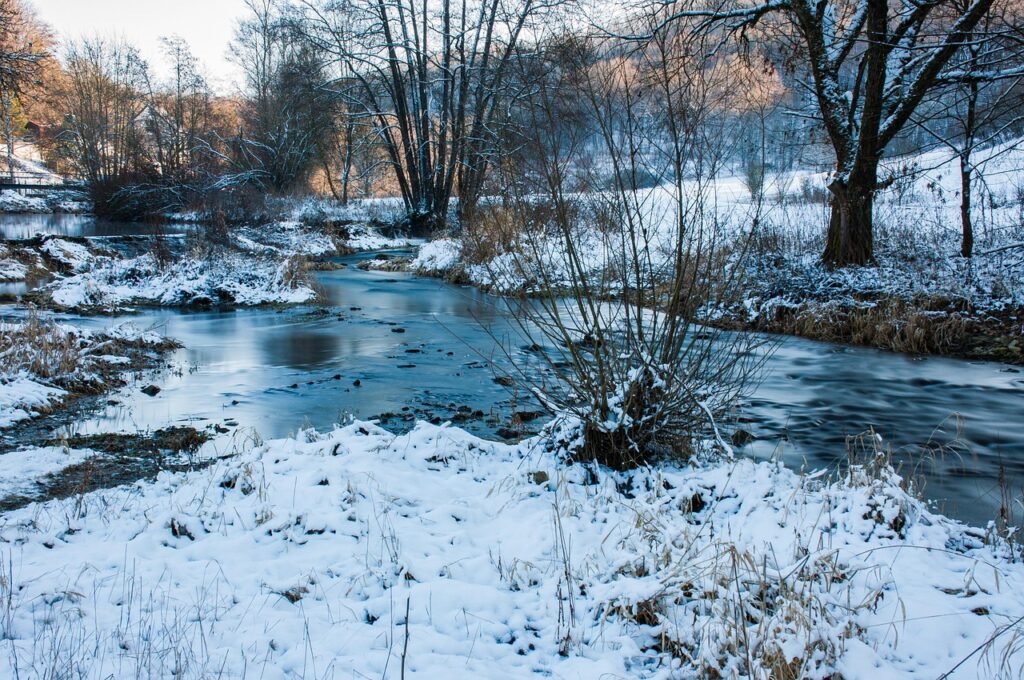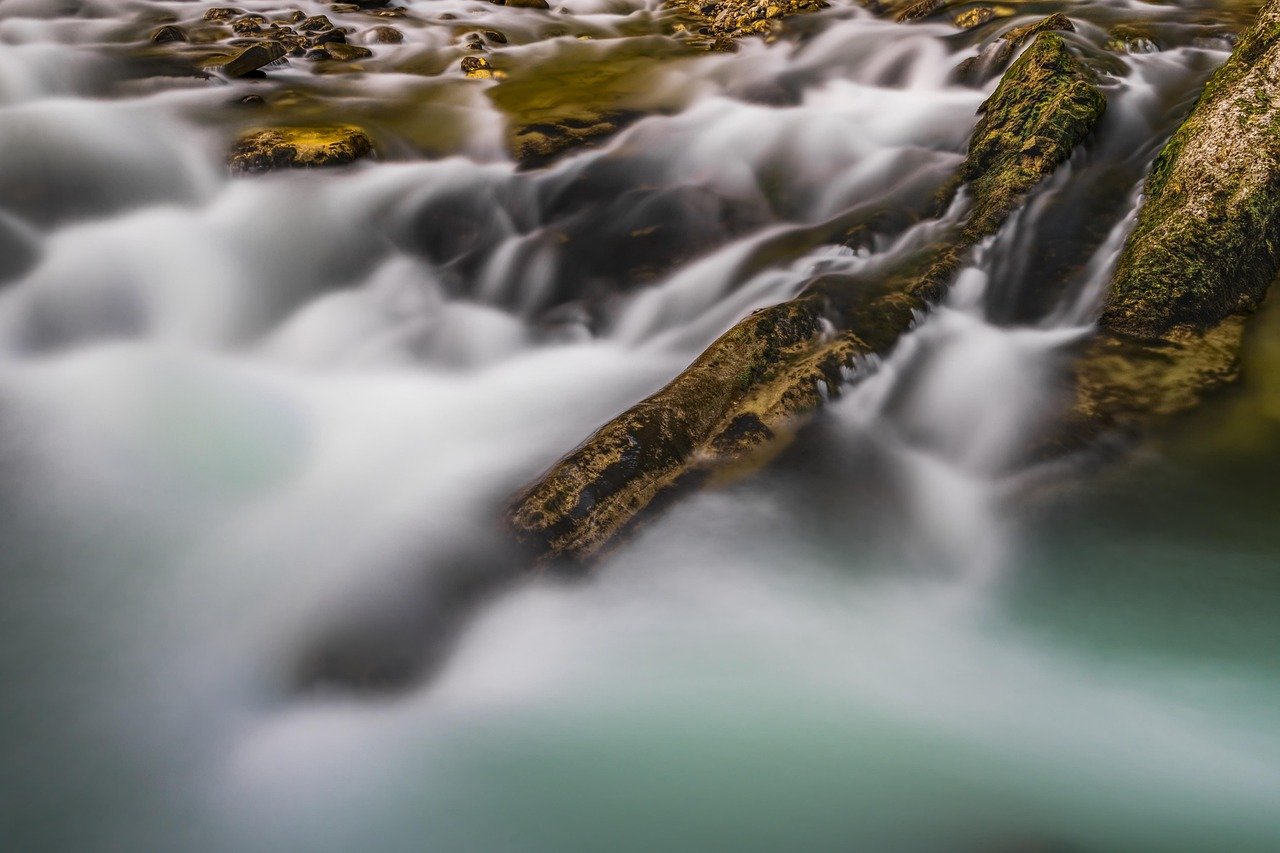Have you ever felt that paralyzing rush of fear when facing a new challenge? That moment when your mind conjures a thousand reasons to hold back? You’re not alone. Fear and resistance can creep into different aspects of your life and prevent you from moving forward. You might find yourself stuck, unsure of how to break free from those emotional barriers. One practice that could help you confront and overcome these feelings is cold exposure.
Understanding Fear and Resistance
Fear isn’t just a fleeting emotion; it’s a deeply rooted response that has kept humans safe for centuries. But in modern life, that same instinct can hold you back. Resistance often manifests as self-doubt, procrastination, and a reluctance to step outside your comfort zone.
The Nature of Fear
Fear is essentially a survival mechanism. When faced with a threat—real or perceived—your body releases adrenaline, making you ready to fight or flee. In daily situations, this reaction may not serve you well. For instance, if you fear public speaking, the fight-or-flight response can tell you to avoid the situation altogether, limiting your opportunities for growth and connection.
What Is Resistance?
Resistance is a different beast. It’s that internal voice that whispers you’re not good enough or that failure waits around the corner. It thrives in discomfort and can often feel insurmountable. Recognizing resistance in your life is the first step toward overcoming it.
The Benefits of Cold Exposure
Cold exposure is not just a test of endurance; it’s a transformative practice that can help you confront your fears and push past your resistance. By willingly subjecting yourself to the discomfort of cold, you can build resilience and mental strength over time.
Physical Benefits
Cold exposure can invigorate your body and mind. Some of the physical benefits include:
| Benefit | Description |
|---|---|
| Increases circulation | Cold exposure improves blood flow, enhancing overall health. |
| Reduces inflammation | Regular cold exposure may lessen inflammation in the body. |
| Boosts metabolism | Your body burns more energy to maintain its core temperature. |
Mental Benefits
Beyond the physical advantages, cold exposure impacts your mental well-being:
| Benefit | Description |
|---|---|
| Builds resilience | Facing the physical cold helps you mentally face challenges. |
| Enhances mood | Cold exposure can increase the release of endorphins, improving mood. |
| Develops mindfulness | Staying present in uncomfortable situations cultivates mindfulness. |

How Cold Exposure Works
You may wonder how deliberately stepping into freezing temperatures can help you let go of fear and resistance. It’s about embracing discomfort and practicing mental discipline.
The Mind-Body Connection
When you confront cold exposure, your initial instinct may be to retreat. However, when you choose to stay, you strengthen your mind-body connection. By understanding that the discomfort is temporary, you can learn to endure challenging situations—both physical and emotional.
Breathing Techniques
Breathing plays a significant role during cold exposure. The impact of cold on your body may make you instinctively breathe more rapidly. You can manage your response by focusing on slow, deliberate breaths. This practice not only calms your nervous system but also enhances your focus and control.
Getting Started with Cold Practice
Now, let’s look at how to incorporate cold exposure into your life.
Gradual Introduction
Jumping into an icy lake may not be the best way to start your cold practice. Instead, gradual exposure can ease you into the process. Here’s how you can begin:
| Step | Description |
|---|---|
| Cold Showers | Start with warm water and gradually make it cooler every day. |
| Ice Packs | Apply ice packs for short periods on different body parts. |
| Cold Water Immersion | Find a safe and controlled body of water for immersion. |
Setting Goals
Starting a cold exposure practice is more effective when you set clear goals. Ask yourself: What do you want to gain from this experience? Your goals might evolve from physical health to mental toughness or even a general sense of well-being.

Dealing with Fear During Cold Exposure
As you begin your cold practice, fear will likely surface. Here’s how to manage it:
Acknowledge Your Fear
Your instinct may be to avoid or suppress fear. Instead, acknowledge it. Fear is merely a signal, not a directive. Understanding your fear allows you to challenge its authority in your decision-making.
Use Visualization Techniques
Prior to your cold exposure session, visualize yourself successfully enduring the discomfort. Imagine each sensation—the cold seeping into your bones—and picture yourself thriving through it. This mental rehearsal can prepare you and lessen anxiety.
Creating a Supportive Environment
Having a supportive space is crucial as you navigate your cold practice. Engaging with like-minded individuals can foster motivation and accountability.
Find Your Tribe
Whether through local meetups or online communities, connecting with others who embrace cold exposure can enhance your experience. Share tips, celebrate victories, and share stories of overcoming fear.
Celebrate Small Wins
Each time you complete a chilly challenge—whether that’s a cold shower or a dip in icy waters—celebrate it! Acknowledging your progress helps reinforce your resilience and diminishes the power of fear.

Incorporating Mindfulness into Cold Practice
Mindfulness and cold exposure work beautifully together. Let’s look at how to incorporate mindfulness into your practice.
Focus on the Present Moment
When in cold exposure, maintain awareness of the present moment. Feel the cold on your skin, acknowledge the sensations in your body, and explore your mental response. Avoid getting tangled in thoughts about past or future events.
Practicing Gratitude
Cultivating gratitude during your cold exposure can shift your focus from discomfort to appreciation. Acknowledge the opportunity for growth and resilience that each session offers.
Building Resilience Through Consistency
The key to overcoming fear and resistance through cold practice lies in consistency. Just as with any skill, the more you practice, the stronger you become.
Establish a Routine
Set a routine for your cold exposure sessions. Consistency helps reinforce your commitment to facing fears. You might aim for three cold showers a week or a daily breathwork practice.
Track Your Progress
Maintain a journal to document your experiences, feelings, and improvements. Tracking progress can deepen your accountability and serve as a source of motivation when fear tries to creep back in.

Learning to Let Go
As you continue with your cold practice, you’ll likely notice a shift in your relationship with fear and resistance.
Embracing Discomfort
Over time, facing the discomfort of cold exposure helps normalize feelings of unease in your life. You learn that discomfort isn’t something to avoid but a sign that you are evolving and growing.
A New Perspective on Challenges
With each cold exposure, you begin to carry that newfound strength into other areas of your life. You may find yourself approaching social situations, career opportunities, or personal challenges with a renewed sense of confidence and courage.
The Bigger Picture
Letting go of fear and resistance is about more than just enduring the cold. It’s a journey of transformation that ripples through various aspects of your life.
Connecting with Your Values
As you let go of fear, it’s a chance to connect with your core values. What truly matters to you? What passions have you pushed aside in the name of comfort? Use your cold exposure practice as a catalyst for rediscovering those values.
Cultivating Empathy and Understanding
Emerging from the chilly waters, you’ll likely find a heightened sense of empathy. As you bravely face discomfort, you’ll become more attuned to the struggles of others. This understanding can enhance your connections, both personally and professionally.

Conclusion: Embrace the Journey
Incorporating cold practice into your life can catalyze a transformative journey of letting go of fear and resistance. By stepping into the cold, you not only challenge your physical limits but also unlock a deeper, more resilient part of yourself. Remember, it’s not about the ice water; it’s about how the experience helps you redefine your relationship with fear, promoting growth and understanding.
As you embark on this journey, embrace each moment, challenge limitations, and celebrate the small victories. The more you confront discomfort, the more empowered you become in all areas of your life, leaving fear and resistance in the cold where they belong.

